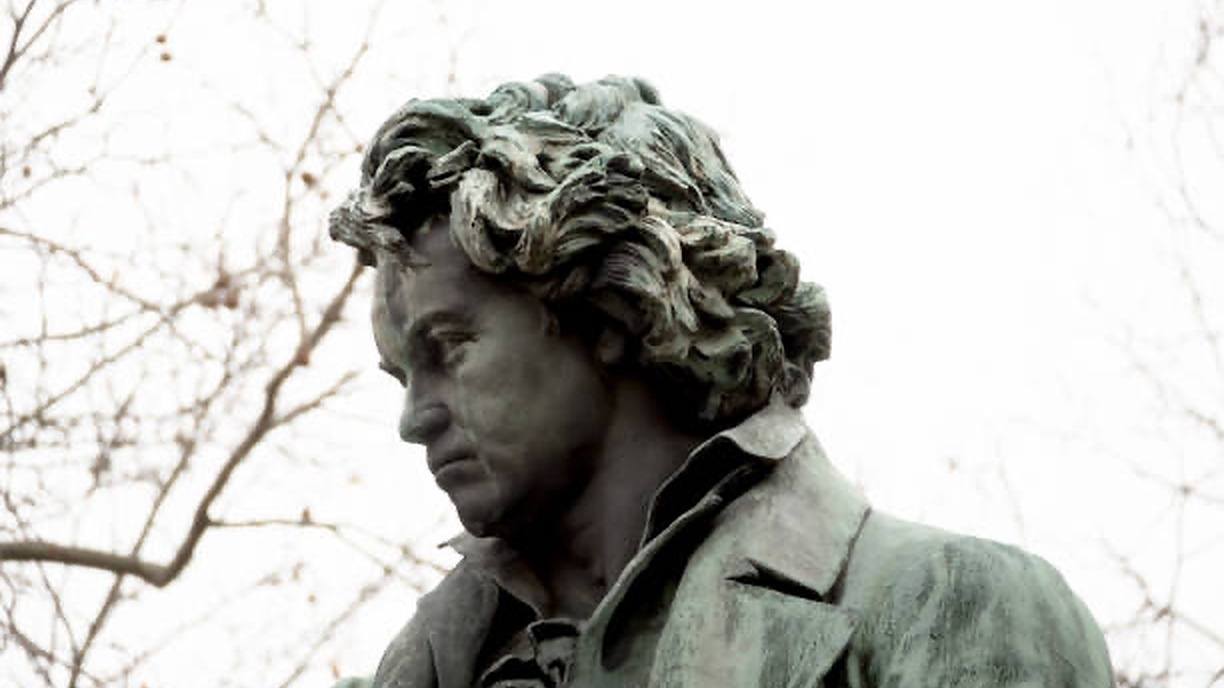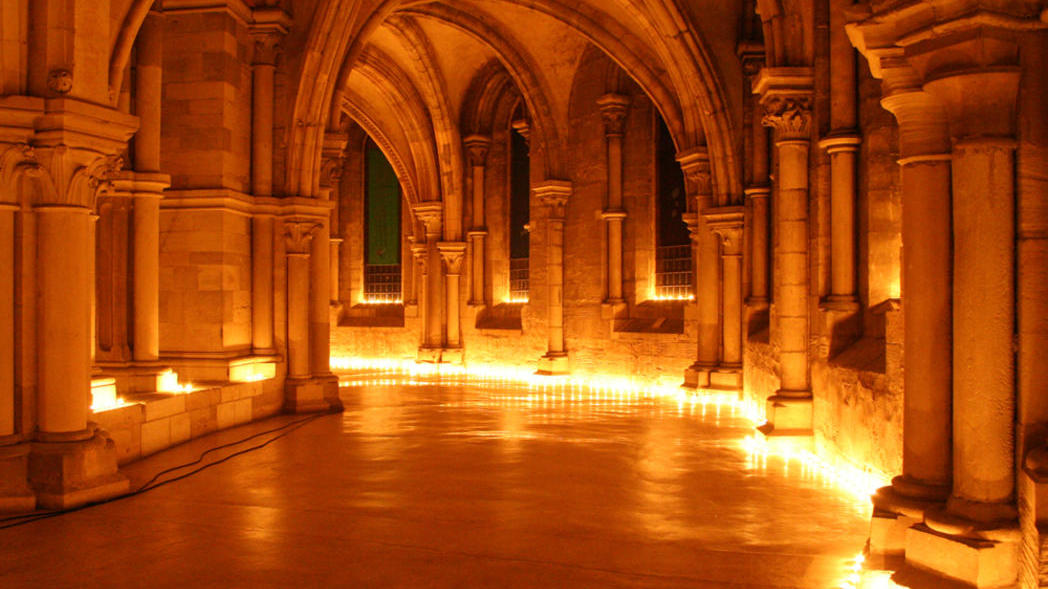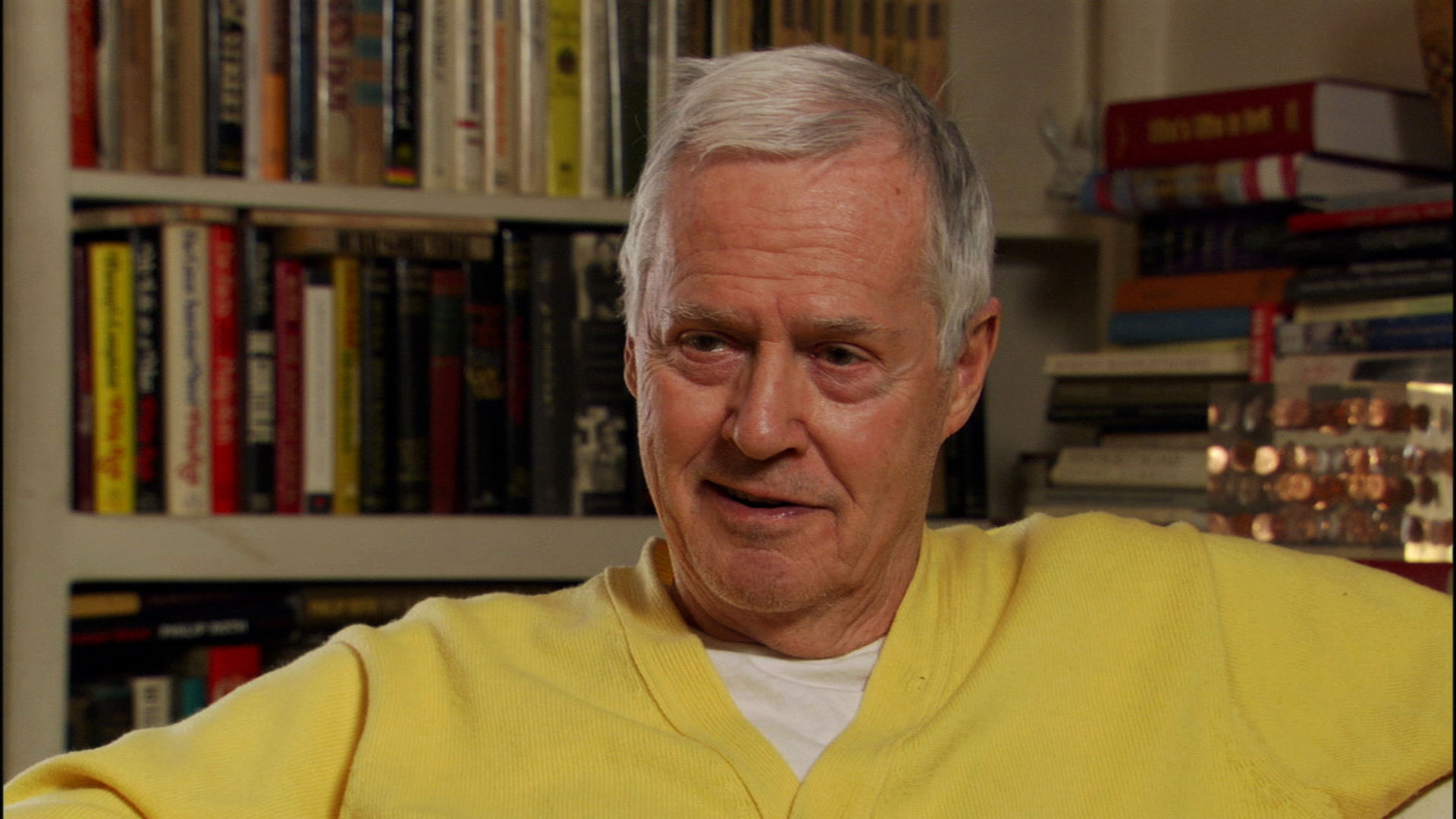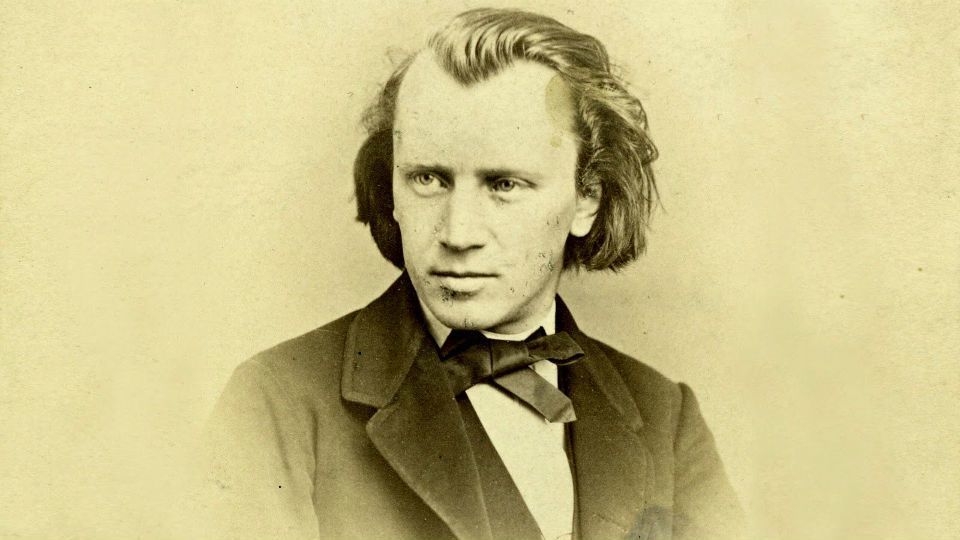Beethoven’s String Trio in E-flat Major, Op. 3: The Apex of a Genre
In November of 1792, the young Ludwig van Beethoven left Bonn, the provincial city of his birth, to resettle in glittering, cosmopolitan Vienna. Two years after this momentous move, Beethoven completed the String Trio in E-flat Major, Op. 3. The piece marked the 24-year-old composer’s first foray into the genre. A successor to the Baroque trio sonata, the string trio (violin, viola, cello) was a popular form in the eighteenth century, when …







